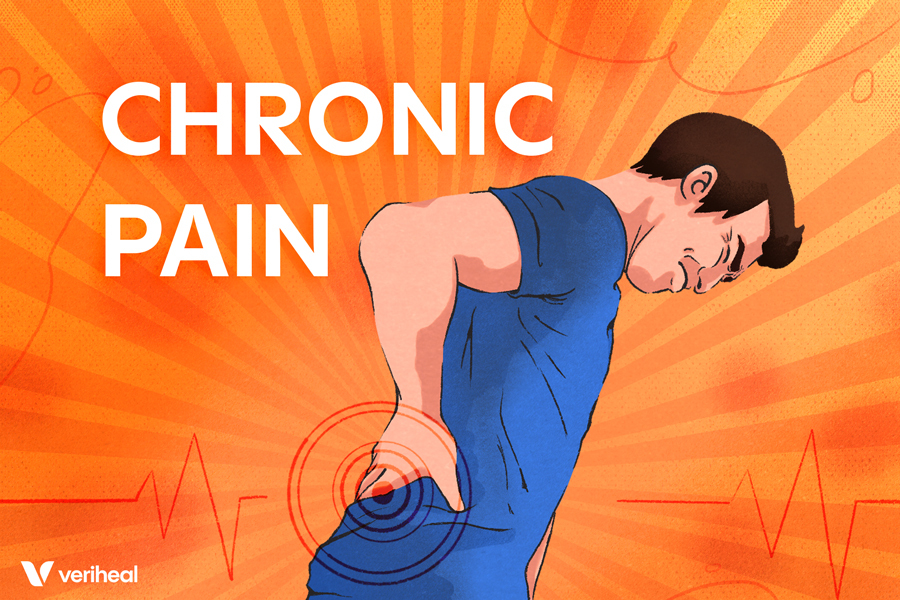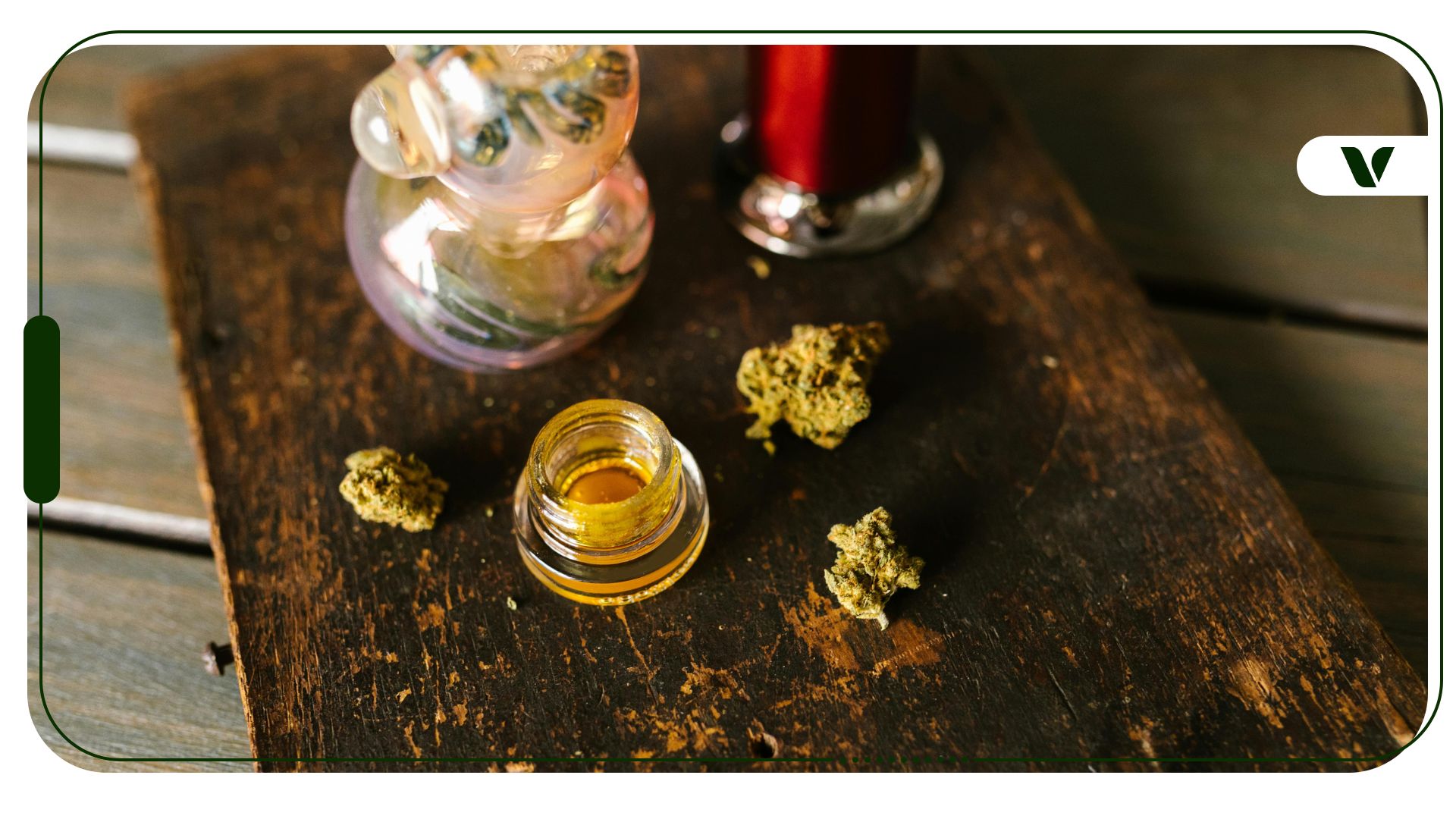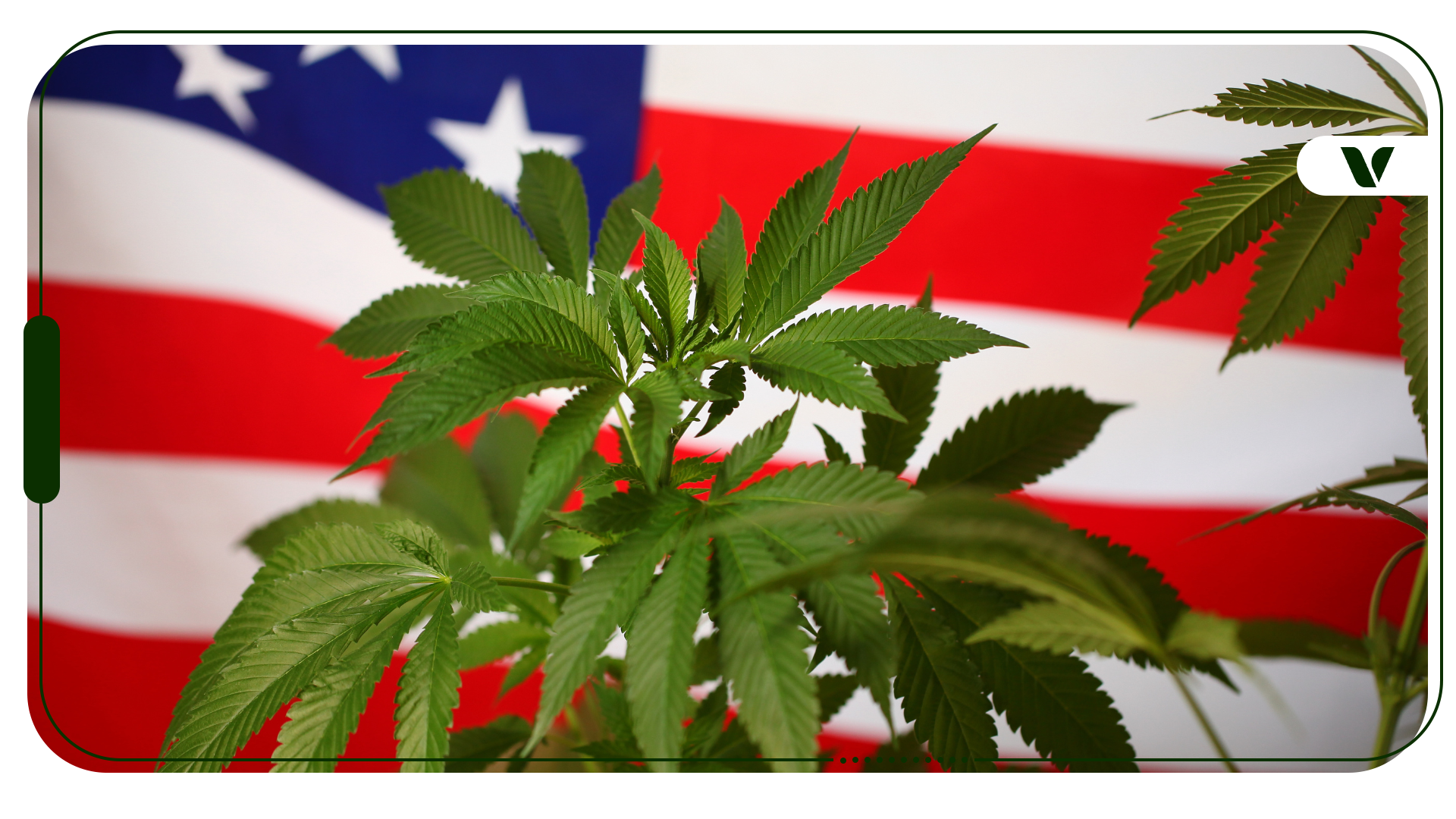A 2019 literature review on cannabis for qualifying conditions found that chronic pain was at the top of the list as the most common reason for medical cannabis recommendations (aka “medical cards”).
The study found that on average 61.4% of registered cannabis patients use cannabis to alleviate their chronic pain. The same study also found that the numbers do not accurately represent the cannabis community since there are many more using cannabis for health conditions but aren’t formally registered as medical cannabis patients.
Cannabis and terpenes have long been known to help alleviate chronic pain and inflammation and improve quality of life – but which strains offer the most benefits for chronic pain? Let’s find out.
Top Cannabis Strains for Chronic Pain
The following strains are popular with medical marijuana patients and cannabis users who seek plant medicine for relieving chronic pain symptoms.
Harlequin
- Cannabinoid Profile:
- Type II – Balanced 1:1 THC/CBD
- Terpene Profile:
- Myrcene, pinene, caryophyllene
CBD Critical Mass
- Cannabinoid Profile:
- Type II – Balanced 1:1 THC/CBD
- Terpene Profile:
- Myrcene, pinene, caryophyllene
Jack Herer
- Cannabinoid Profile:
- Terpene Profile:
- Myrcene, pinene, limonene, humulene, terpineol
ACDC
- Cannabinoid Profile:
- Terpene Profile:
- Myrcene, pinene, caryophyllene, camphene
Bubba Kush
- Cannabinoid Profile:
- Terpene Profile:
- Myrcene, limonene, caryophyllene, humulene, eucalyptol
Note that some of these strains are CBD-dominant. CBD is popular for its multiple anti-inflammatory effects and the promotion of relaxation. To learn more about how CBD helps with pain and medical conditions, read our CBD guide here.
How Does Cannabis Help?
Chronic pain is a condition characterized by pain lasting at least 3 months but often remains for longer. Chronic pain often presents as a result of a condition or injury(ies) and can significantly decrease quality of life.
Chronic pain symptoms include joint pain, muscle aches, burning pain, fatigue, sleep problems, loss of stamina and flexibility as well as mood issues including depression, anxiety, and irritability. It can significantly affect a person’s ability to work and take care of duties at home.
Cannabis has been used to alleviate pain for many, many years now and that’s due to the fact that it’s more effective and less risky than many pharmaceutical medications. The unfortunate reality is that individuals suffering from chronic pain usually rely on pharmaceuticals in order to maintain even partial functional and quality living.
What’s worse is that pain management pharmaceuticals are at high risk of leading to many adverse effects on organ function and dependence. Fortunately, cannabis offers better benefits at less cost to the wallet and health.
Cannabis is able to alleviate chronic pain because of the plant’s cannabinoids’ unique ability to bind with the receptors of our endocannabinoid system located throughout the body. The central and peripheral nerves which locate pain in the body contain an abundance of receptors for endocannabinoids and some cannabis plant cannabinoids (such as THC).
Why You Should Get Your Medical Marijuana Card
Veriheal has satisfied millions of patients nationwide by giving them access to these benefits
- Larger purchase limits
- Peace of mind
- Enhanced legal protection
- Access to higher potency strains
- Save up to 25% on cannabis purchases
- Skip the line at the dispensary
Non-intoxicating cannabinoids like CBD and CBG also help block pain by boosting endocannabinoids and targeting non-ECS receptors like serotonin and dopamine receptors. Terpenes can also target a variety of pain-alleviating receptors. Cannabinoids and terpenes can also reduce inflammation at the source of the pain which desensitizes our nerves to various forms of pain (inflammatory, traumatic, neuropathic, etc).
Simply put, cannabis can alleviate chronic pain in the following ways:
- the endocannabinoid receptors interact with cannabis
- blocking various pain receptors
- addressing the source of pain and inflammation
- alleviating symptoms of chronic pain which thus improves the quality of life without the risk of dependence, nor adverse side effects such as nausea and organ damage.
Related Medical Conditions
Pain is the body’s alarm system which signals that something is wrong. This is why chronic pain is often the result of an underlying condition or trauma. Conditions often associated with chronic pain include:
What to Look for in Cannabis Strains
When deciding on what cannabis to purchase, it is important to seek out the correct cannabinoid and terpene profiles in order to get the best for your money. Purchasing cannabis flower will be optimal because it allows you to benefit from the terpenes and all the cannabinoids.
When you consume the buds, you are getting the full-spectrum, which boosts the benefits due to what is known as the entourage effect. When you purchase cannabis distillates, isolates, broad-spectrum, or certain concentrates you lose out on certain cannabinoids and terpenes due to the extraction process involved in making the products. However they may still be helpful and beneficial to some degree.
Your chosen cannabis for consumption will need to contain at least tetrahydrocannabinol (THC) and cannabidiol (CBD) in order to receive optimum pain relief. The THC is intoxicating but is vital for pain management alongside CBD. If you do not want to be intoxicated by the THC, you can find strains that are low in THC and higher in CBD but the strain should still contain both. Full-spectrum hemp extracts and tinctures have less than 0.3% THC and are best here if you are sensitive to THC.
CBD and THC can assist each other to combat pain, stimulate appetite, and reduce inflammation. CBD and THC can assist with improving sleep, reducing nausea, boosting mood, and alleviating stress and anxiety.
Terpenes and cannabinoids share the fact that they’re organic compounds and are beneficial, however, the terpenes are aromatic. Terpenes are responsible for the scent and contribute to the color of the cannabis plant, but they also contribute their own benefits. Most cannabis concentrates and some tinctures (unless full-spectrum) may not contain terpenes because of the way they are processed.
So, when considering cannabis for your chronic pain, it is important to consider the terpenes in the plant. Here is a quick overview of the major terpenes and their basic benefits.
Name:
|
Scent:
|
Benefits:
|
| Myrcene |
Berries, Woody, and Earthy |
Reduces inflammation and chronic pain, also sleep-inducing |
| Limonene |
Citrus and Lemon |
Improves overall mood as well as alleviates stress, depression, and anxiety. Potentially anti-osteoarthritic and anti-catabolic in joints |
| Linalool |
Floral and Spicy |
Reduces inflammation, pain, and relieves depression. May reduce need for opioids in post-op period |
| Caryophyllene |
Spicy and Peppery |
Modulates inflammation as well as alleviating stress and anxiety by binding with CB2 and other receptors. Alleviates inflammatory, neuropathic, osteoarthritic, acid burn pain. Gastroprotective in colitis, may be beneficial in IBD |
| Pinene |
Pinewood and Turpentine |
Acts as an anti-inflammatory and boosts short-term memory. May relieve migraine and neuropathic pain. Anti-osteoarthritic and chondrocyte-protective |
| Humulene |
Spicy, Woody, and Earthy |
Acts as an anti-inflammatory, alleviates pain, and is antibacterial. Gastro mucosa protective (i.e. gastritis) |
Note: Veriheal does not intend to give this as professional medical advice. Do not attempt to self-diagnose or prescribe treatment based on the information provided on this page. Always consult a physician before making any decision on the treatment of a medical condition.
This article was originally published on December 28, 2020. The content was last updated April 24, 2023.
Author, Share & Comments








